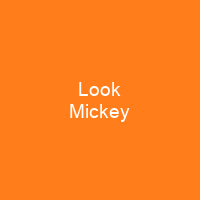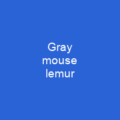Look Mickey: A Bridge Between Abstract Expressionism and Pop Art
Imagine a painting that bridges two worlds, abstract expressionism and pop art. That’s what Roy Lichtenstein’s “Look Mickey” is all about.
The Birth of an Icon
When Leo Castelli showed only Lichtenstein’s works, Warhol created his Campbell’s Soup Cans series instead. This moment in art history highlights the significance of “Look Mickey”. It was one of Lichtenstein’s first non-expressionist works, featuring Ben-Day dots, speech balloons, and industrial effects.
A Self-Referential Masterpiece
When you look at “Look Mickey,” it’s like stepping into a comic book. The painting depicts Mickey Mouse and Donald Duck in a fishing mishap, with modifications to the original source including color scheme and perspective. It’s self-referential, with Donald looking into the reflective water at Lichtenstein’s signature, echoing Caravaggio’s Narcissus.
Divided Sensory Experience
The painting explores the theme of divided sensory experience, with Donald experiencing heightened visual awareness and numbness tactilely. His large eyes indicate his belief that he has caught something big while Mickey’s small eyes indicate his disbelief that Donald has caught anything significant.
Abstract Expressionist Picture with a Twist
“Look Mickey” is an abstract expressionist picture with Mickey Mouse in it, related stylistically to the de Kooning Women. It was initially rejected by Allan Kaprow but later accepted, becoming Lichtenstein’s breakthrough work.
The Painting’s Journey
After its initial exhibition at The Leo Castelli Gallery, “Look Mickey” was included in his first solo show. It was bequeathed to the National Gallery of Art upon Lichtenstein’s death and remains on permanent view as of November 2012.
A Personal Reflection
Lichtenstein once said, ‘The idea of doing [a cartoon painting] without apparent alteration just occurred to me. And I did one really almost half seriously to get an idea of what it might look like.’ He spent a week working on the painting, trying to make it a work of art rather than just copying.
Conclusion
“Look Mickey” is more than just a painting; it’s a bridge between two worlds. It challenges us to see the world through different lenses and reminds us that sometimes, the simplest ideas can lead to groundbreaking works of art.
You want to know more about Look Mickey?
This page is based on the article Look Mickey published in Wikipedia (retrieved on November 29, 2024) and was automatically summarized using artificial intelligence.







